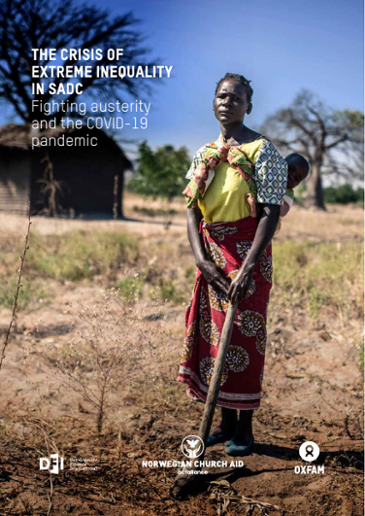
The COVID-19 pandemic has worsened the extreme inequality in Southern African Development Community (SADC) countries, and pushed millions into poverty. The economic crisis continues due to the obscene global vaccine inequality. As of end March 2022, a dismal 14% of SADC citizens had been fully vaccinated against COVID-19, compared with 65.5% in the United States and 73% in the European Union.
In 2021, with infections rising in SADC, the critical health, social protection and economic programmes put in place by most governments in 2020 were rolled back and replaced with austerity, in the context of growing debt burdens and lack of external support for country budgets. Such austerity has been built into IMF programmes in the region.
Recovering from the pandemic, however, offers SADC governments a once-in-a-generation opportunity to do what their citizens want: increase taxes on the wealthy and large corporations, boost public spending (especially on healthcare, education and social protection), and increase workers’ rights as well as tackling joblessness and precarious work. With external support, including through debt relief and aid, they could reduce inequality drastically and eliminate extreme poverty by 2030.